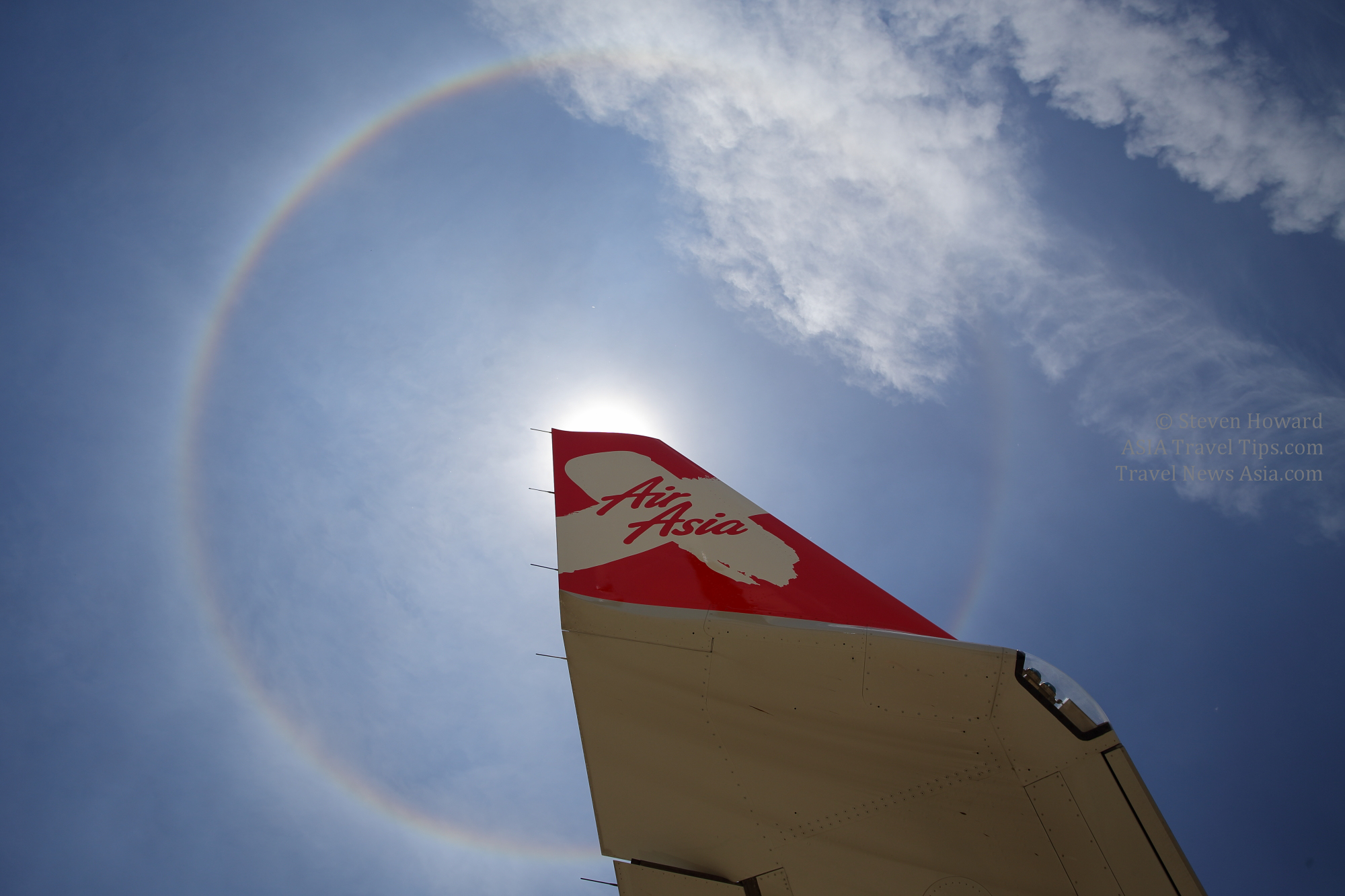|
AirAsia X Berhad has reported a Q1 2020 revenue of
RM924.1 million, 21% lower year-on-year from the RM1.17 billion
reported during the same period in 2019.
Seat capacity and the total number of
passengers carried has decreased substantially on the back
of the ongoing global COVID19 pandemic. During the quarter, a total of 1,141,713
passengers were carried, down by 25% y-o-y from 1,512,546
passengers carried during the first quarter of 2019, while seat
capacity was cut by 15% y-o-y to 1,544,121 as travel restrictions
and border controls lead to a drop in travel demand.
In Q1 2020, the company�s Passenger Load Factor
(PLF) stood at 74% compared to 83% during the same period last
year, while average base fare was RM535, an increase
of 4% from RM513 in Q1 2019.
During the quarter, the company posted
earnings before interest, taxes, depreciation, and amortisation
(EBITDA) of RM94.0 million against EBITDA of RM264.5 million in
Q1 2019. Net loss for the quarter increased to RM549.7 million, due
to the consequential impact of the COVID19 pandemic.

AirAsia X Malaysia�s Cost per Available Seat
Kilometre (CASK) for Q1 2020 was 14.94 sen, a hike of 16% y-o-y
while CASK ex-fuel increased to 10.18 sen compared to 8.16 sen
recorded in Q1 2019 on the back of reduced Available Seat per Kilometre (ASK) capacity, ongoing fixed maintenance costs and
RM391.7 million in foreign exchange losses due to the depreciation
of the Ringgit to US Dollar.
During the quarter under review,
AirAsia X Malaysia�s ASK capacity reduced by 21% y-o-y to 6,874
million as the company scaled back its network and capacity
starting with China in early February and eventually to the rest
of the network by late March.
�In the beginning of 2020, the company�s
operating environment was aggravated by the COVID19 outbreak.
AirAsia X Malaysia scaled down flight frequency to all markets in
several phases beginning with China in February. In mitigating the
adverse effects from COVID19, we have had to undertake the
temporary hibernation of our fleet under AirAsia X Group, as
AirAsia X Malaysia suspended all scheduled operations from 28
March 2020 onwards, while AirAsia X Thailand�s scheduled
operations have been suspended since 16 March 2020,� said AirAsia X Group CEO, Nadda
Buranasiri. �During the quarter under review, our associate in
Thailand posted a revenue of USD89.6 million, down 29% against
USD126.9 million in the same period last year on the back of a
lower number of passengers carried, which was recorded at 474,150
passengers, down by 29% y-o-y from 665,432 passengers in Q1 2019.
AirAsia X Thailand�s PLF in Q1 2020 stood at 77%, a decline of 13
percentage points y-o-y, while ASK capacity reduced by 22% y-o-y
to 2,645 million during the current quarter. AirAsia X Thailand
posted a net loss of USD27.1 million in Q1 2020.�
AirAsia X Malaysia CEO Benyamin Ismail said, �The
COVID19 pandemic is without doubt an unprecedented situation for
the world and for the travel and tourism industry in general.
Amidst the drop in global travel demand, the company remains
proactive in implementing measures to cut cost and conserve cash.
In February, as travel restrictions were on the rise and broader
international border closures were expected, we undertook gradual
capacity reduction to markets we serve; flight frequency to China
and Australia was reduced first, followed by Japan and South Korea
in March 2020, while Tianjin, Lanzhou and Jaipur were terminated
from the company�s network. As a result, 24% of total seat
capacity for AirAsia X Malaysia was cut for the period of Q1 2020. In
March, the Company temporarily suspended all scheduled operations
as demand for air travel collapsed following implementation of
country wide lockdown restrictions. However, due to increase in
demand in the global supply chain for essential goods, the company
has kept a handful of aircraft operational in providing assistance
to the relevant authorities and to facilitate the repatriation of
travellers.�
In terms of cost, Benyamin added, �In Q1 2020, the
company�s CASK stood at 14.94 sen while CASK ex-fuel was at 10.18
sen, increasing by 16% and 25% y-o-y respectively due mainly to
reduced ASK capacity as the company scaled back on operations
whilst fixed maintenance costs continue to be incurred.
Furthermore the increase in CASK and CASK ex- fuel is due to
foreign exchange losses incurred as a result of the depreciation
of the Ringgit to US Dollar offset partially by lower staff costs,
fuel expenses as well as user charges.�
Outlook
AirAsia X as a Group is expected to remain in
hibernation mode and the prospects of resuming scheduled flights
is tied to the recovery in international air travel demand in the
coming months as and when border controls and travel restrictions
ease.
The company is focused on pushing through digitalisation initiatives that are implemented across the wider
AirAsia Group which will boost uptake for ancillary and freight
services. For 2020, the company has hedged at an average Brent
hedge price of USD61.40, while 70% of its 2020 Brent fuel hedging
contracts have been restructured in one form or another. As fuel
prices remain weak in the near term, the group expects to see some
hedging losses.
See also:
Airports, Air Travel and COVID19 - Exclusive Interview with
SITA's President of Asia Pacific, Sumesh Patel.
See latest
Travel News,
Video
Interviews,
Podcasts
and other
news regarding:
COVID19,
AirAsia,
AirAsia X.
|
Headlines: |
|
|
